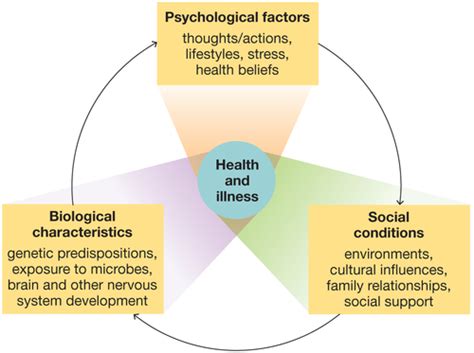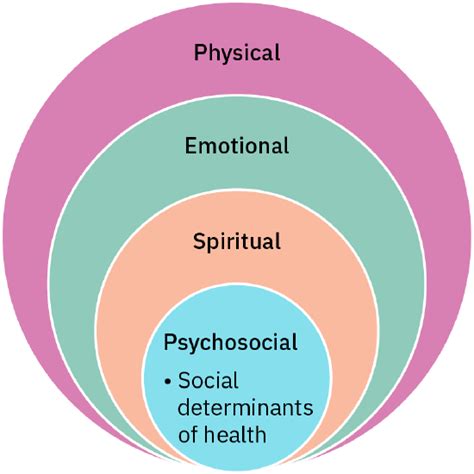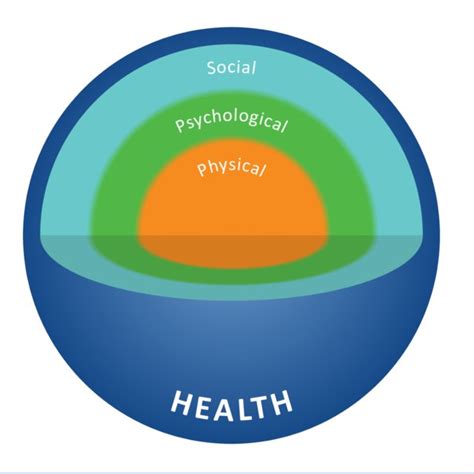In today’s diverse educational landscape, ensuring equitable access to digital resources is crucial. Website accessibility plays a vital role in creating inclusive education environments, enabling all students, including those with disabilities, to engage fully with online content. As educators and institutions increasingly rely on digital tools, understanding and implementing accessibility features becomes essential. This article explores key strategies for improving website accessibility, offering practical guidance on assessing current issues, applying universal design principles, and integrating assistive technologies. By prioritizing these efforts, we can enhance educational equity and create supportive, effective learning experiences for every student, regardless of their background or abilities.
Dive deep into this topic alongside gameshoek.com
1. Understanding the Importance of Website Accessibility
Website accessibility is paramount in providing equitable access to digital educational resources for all students, irrespective of their abilities. In inclusive learning environments, accessibility transcends mere legal compliance, becoming a moral obligation rooted in the principles of fairness and equity. A meticulously designed, accessible website empowers students with disabilities to navigate content seamlessly, actively engage in online activities, and access information on par with their peers, eliminating any barriers to their learning experience.
Websites designed with accessibility in mind cater to a wide range of needs, including students with visual, auditory, cognitive, and motor impairments. Features like screen reader compatibility, alternative text descriptions for images, keyboard navigation options, and captioned videos ensure that all content is accessible and comprehensible. By prioritizing accessibility, educators can eliminate barriers, empowering all students to fully engage in their learning journey.
Furthermore, website accessibility offers benefits beyond students with disabilities. It improves the user experience for everyone, making websites more intuitive and navigable, including those with temporary impairments or those accessing content on diverse devices. By integrating accessibility into the foundation of website design, educational institutions cultivate a more inclusive, supportive, and equitable learning environment, ensuring all students have an equal chance to thrive.

2. Assessing Current Website Accessibility Issues
Building an accessible educational website starts with understanding its current accessibility limitations. This involves a comprehensive audit to identify barriers that might hinder users with disabilities from fully interacting with the content. Utilizing tools like automated accessibility checkers can offer initial insights by detecting common issues, such as absent alt text, incorrect heading structures, and the absence of keyboard navigation support.
While automated checks provide a useful initial assessment, manual testing is essential for comprehensive accessibility evaluation. This includes evaluating aspects such as screen reader usability and the effectiveness of alternative navigation methods. Engaging users with disabilities in the testing process is critical for gathering valuable feedback and identifying issues that automated tools may overlook.
After completing the assessment, prioritize issues based on their impact on users. This approach ensures that the most critical obstacles are addressed first, leading to a more inclusive and accessible educational experience for all learners.

3. Implementing Universal Design Principles
Universal Design Principles (UDP) are crucial for creating accessible websites that support inclusive education environments. Universal Design focuses on developing digital content and interfaces that are usable by everyone, regardless of their abilities, without requiring specialized adaptations. By integrating UDP into website development, educators can ensure that all students have equal access to digital resources right from the start.
Begin by prioritizing website layout and structure. A clean, intuitive design with clear navigation aids all users, including those with cognitive disabilities, in readily finding and comprehending content. Consistent headings, labels, and cues should be used throughout the site to effectively guide users. Furthermore, ensure text readability by selecting legible fonts, employing appropriate color contrasts, and granting users the ability to adjust text size.
Providing multiple ways to represent information, such as text descriptions for images and transcripts for videos, caters to a wider range of learning styles. This approach benefits students with disabilities by providing accessible content and also enhances comprehension for all users who have different learning preferences.
Educators, by embracing Universal Design Principles, can foster a more inclusive digital environment that caters to the diverse needs of all students. This inclusivity promotes equity and ensures everyone has equal access to fully engage with educational resources.

4. Utilizing Assistive Technologies
Assistive technologies play a crucial role in making educational websites accessible to students with disabilities. By providing alternative ways to interact with digital content, these technologies empower users to navigate websites and access information that might be inaccessible otherwise.
Screen readers, for example, convert text into speech, enabling visually impaired users to access website content. This accessibility feature relies on a well-structured website with logical headings, lists, and descriptive alt text for images. Similarly, keyboard navigation is essential for users who cannot use a mouse. Therefore, all interactive elements must be accessible via keyboard shortcuts to ensure inclusivity for users with disabilities.
Assistive technologies like voice recognition software, enabling users to navigate websites through voice commands, and screen magnifiers, which amplify content for individuals with low vision, are also crucial. By ensuring compatibility with such technologies, educational websites can broaden their accessibility and reach a wider user base.
By integrating and evaluating these technologies during website design, we ensure that students with disabilities can fully participate in educational content. This not only improves accessibility but also fosters an inclusive learning environment where all students, regardless of their unique needs, can flourish.
5. Continuous Monitoring and Improvement
Maintaining and enhancing the accessibility of educational websites demands a continuous cycle of monitoring and improvement. Accessibility is not a one-off achievement but an ongoing process that requires regular updates and adjustments. As technologies evolve and new educational content is added, it’s crucial to ensure that these websites remain accessible to all users.
To ensure ongoing website accessibility, implement a regular auditing process. This should involve both automated tools and manual testing by individuals with disabilities. By conducting these assessments routinely, you can proactively identify accessibility issues that may arise from website updates, including design changes or the introduction of new content. This practice also serves as a preventative measure, ensuring that previously addressed issues remain resolved.
User feedback, particularly from individuals with disabilities, is essential for enhancing accessibility. We encourage students, educators, and parents to report any accessibility barriers they come across. This valuable information will guide us in making focused improvements to ensure a more inclusive experience.
Furthermore, keeping abreast of the most recent advancements in accessibility standards and best practices is crucial. Implementing these updates guarantees that the website adheres to contemporary guidelines and maintains an inclusive learning environment. By continuously monitoring and enhancing accessibility, educational institutions can uphold their dedication to inclusivity, ensuring equal access to digital resources for all students.
Improving website accessibility is crucial for fostering inclusive educational environments that support all students, regardless of their abilities. By understanding the importance of accessibility, assessing current challenges, implementing universal design principles, and leveraging assistive technologies, educators can create more equitable digital spaces. Continuous monitoring and improvement further ensure that these efforts remain effective over time. Prioritizing accessibility not only enhances the learning experience for students with disabilities but also contributes to a more inclusive, supportive, and effective educational environment for everyone.
gameshoek.com
